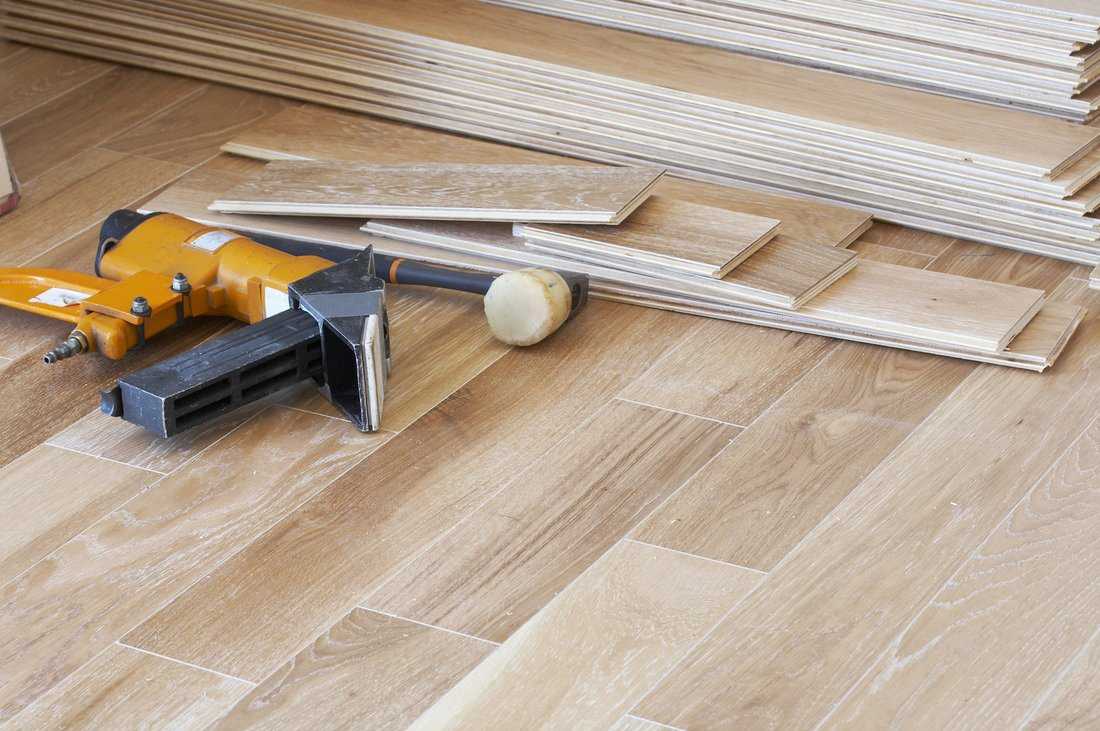
There are many types of wood to choose from for woodworking projects, but there are five basic types you should consider: Pine, Hickory, Maple, Alder, and Oak. This article will cover each type of wood and its uses. We'll also discuss the wood most commonly used in woodcarving. These five types can be found in many different species. This makes it crucial that you choose the right wood to suit your project.
Cherry
Cherry is a popular woodworking choice, but it has its drawbacks. The wood's smell makes it not suitable for food contact or toys. Its durable appearance and high quality make it a great option for many other projects. Here are some examples of cherry wood used in woodworking. Wear protective gear when working in cherry wood. Try cherry wood for a few projects if your are just starting out in woodworking.
Hickory
Hickory is a common hardwood found in the eastern United States. Its straight grain and hard wood make it an ideal choice for making long-handled tools. The wood's straight grain means that it stands up to stress while in use, which makes a wooden handle more comfortable to grip. When used as a handle on an axe it absorbs the shock caused by being struck with wood. This makes the woodworker's hands feel less powerful.

Maple
Maple is a great choice when it comes to hardwoods for woodworking. Maple's smooth grain and low price make it a good choice for beginners as well as experienced woodworkers. Sapwood is a light cream or off-white color, and heartwood can be reddish. Striped Maple is an easy-to-use material that finishes beautifully. Bigleaf Maple is an excellent choice for small projects. It glues well, and is often used for architectural millwork.
Alder
Alder is one the most common hardwoods used for woodworking. This medium-toned wood is relatively light and easy to work with, and it also sands easily. Alder is a more soft wood than oak which has a porous, open grain. It's ideal for finishing and machining. Alder is also compatible with most glues and adhesives. Alder can be easy to work with but can also cause eye irritation, skin irritation, and respiratory irritation.
Birch
Birch wood can have many advantages when used for woodworking. The wood is inexpensive and hard. It has a curly grain, which makes it easy to machine and sand. It is strong enough to hold nails and screws, and it glues up well. It is a good choice for furniture construction, crafts, and cabinetry. Birchwood is used to create toys, pulp, paper and high-end furniture.
Basswood
There are a few things you should know if you want to use basswood in your woodworking endeavors. Basswood is a very popular soft lumber. Because of its white heartwood, it can be difficult for some to differentiate from the brown sapwood, it is one of the most widely used wood processing materials. To get to the heartwood, however, you should first peel off the outer bark layer, which is usually a creamy white or pale pink-brown hue. After that, the fibers will separate. They are often referred to simply as white basswood and can be used for fine carving.

Mahogany
Genuine Mahogany is considered one of the best cabinetry woods. Its excellent working properties make it a great choice for all woodworking tasks, from simple woodturning up to complicated furniture construction. Because the wood has a moderately open grain, it allows woodworkers create finished pieces that have a smooth, almost glass-like finish. It's also very expensive and hard to find replacements. In this article, we'll look at some common uses for Mahogany and how it works for different projects.
Oak
The great thing about oak, if you're new to woodworking is the variety. You're likely to encounter more than one kind of oak while working, and you may even find a variety you didn't know existed. Whichever type of oak you choose, you're bound to find success. You can learn more about the advantages of oak in your woodworking projects by reading this article. Don't worry if some of these species don't sound familiar to you!
FAQ
How long does it take for a handyman to be trained?
Expert handyman takes years of hard work. It usually starts with helping friends and family and gradually expands into a full-time career.
You'll start to learn all the skills needed as you go along.
Which is simpler: Contracting or being a handyman.
Because you only need tools and yourself, being a handyman is more time-consuming than contracting. Contractors rely on subcontractors to complete most of the work. You must manage your own schedule and workload.
Is there anything I should look out for before hiring a handyman?
It's important that you find someone with experience working on your particular project. It is also a good idea to ask for references and inquire about past customers. It may be a good idea to add some money to cover any unexpected costs. Also, you'll want to make sure he's insured and licensed.
Statistics
- More than 20% of homes in America have outdoor living spaces, including decks and patios. (mrhandyman.com)
- “Once the pandemic hit, that number fell to about 20%.” (inquirer.com)
- Mila keeps a commission of 20% for each completed service performed by Friends and charges various service fees regarding work done by Pros. (appjobs.com)
- Our handyman services for seniors are provided by professional senior helpers who have been serving the community for over 20 years with 98% customer satisfaction. (cantatahomeservices.org)
- “Before the pandemic, 40% of people asked how we could estimate a job when we weren't there,” Rose recalled. (inquirer.com)
External Links
How To
How to Install a Receptacle Box
You should follow all guidelines provided by your local building inspector when installing any type or outlet. This includes ensuring that your wiring is properly installed, as well as avoiding any problems related to water damage and fire hazards.
The majority of boxes come prewired, with four wires coming out of the breaker panel. The two black wires run through the box to the first screw on one side, while the red and white wires go to the second screw on the opposite side of the box. When connecting these wires together it is vital to not use wire nuts or wrap around the screws. It is likely that you will have problems getting the wires into place after tightening them down. You want them to be free enough to move around but still tight enough not to pull from their holes.
If you want to add receptacle to an already existing box, you might need to consider adding another piece of hardware. To accomplish this task, you need to cut off the top of the existing metal box and add a new cover plate. After the cover plate has been attached and the hole for the new receptacle is created, it is time to connect all the wires to this new receptacle.
It is possible to replace existing light switches in your house with modern ones without the need for a licensed electrician. You will first need to remove the old switch and its mounting place. The next step is to unplug any wires attached to the switch. These wires include the power that goes into the switch and the ones that provide electricity to the lights in your room. You can now begin the process of replacing everything you have removed.
After removing the switch, measure the distance to the wall and mark the location with a permanent marking pen. After measuring the distance between the wall studs, mark them with a permanent marker. Depending on where the switch will be installed, either drill a hole or attach it to the wall with drywall anchors.
Once the measurements have been taken and the locations marked up, you can start the project. Begin tearing down the drywall in the area where you want to install the switch. Make sure to leave about 8 inches of space between each stud so you don't accidentally cut the cable inside the wall. Next, you will need to install the new switch using the appropriate mounting brackets. Attach the cables to your switch and then secure it onto the mounting plates. After the switch is installed properly, it will be necessary to turn on the power again and to test the device to make sure it works correctly.